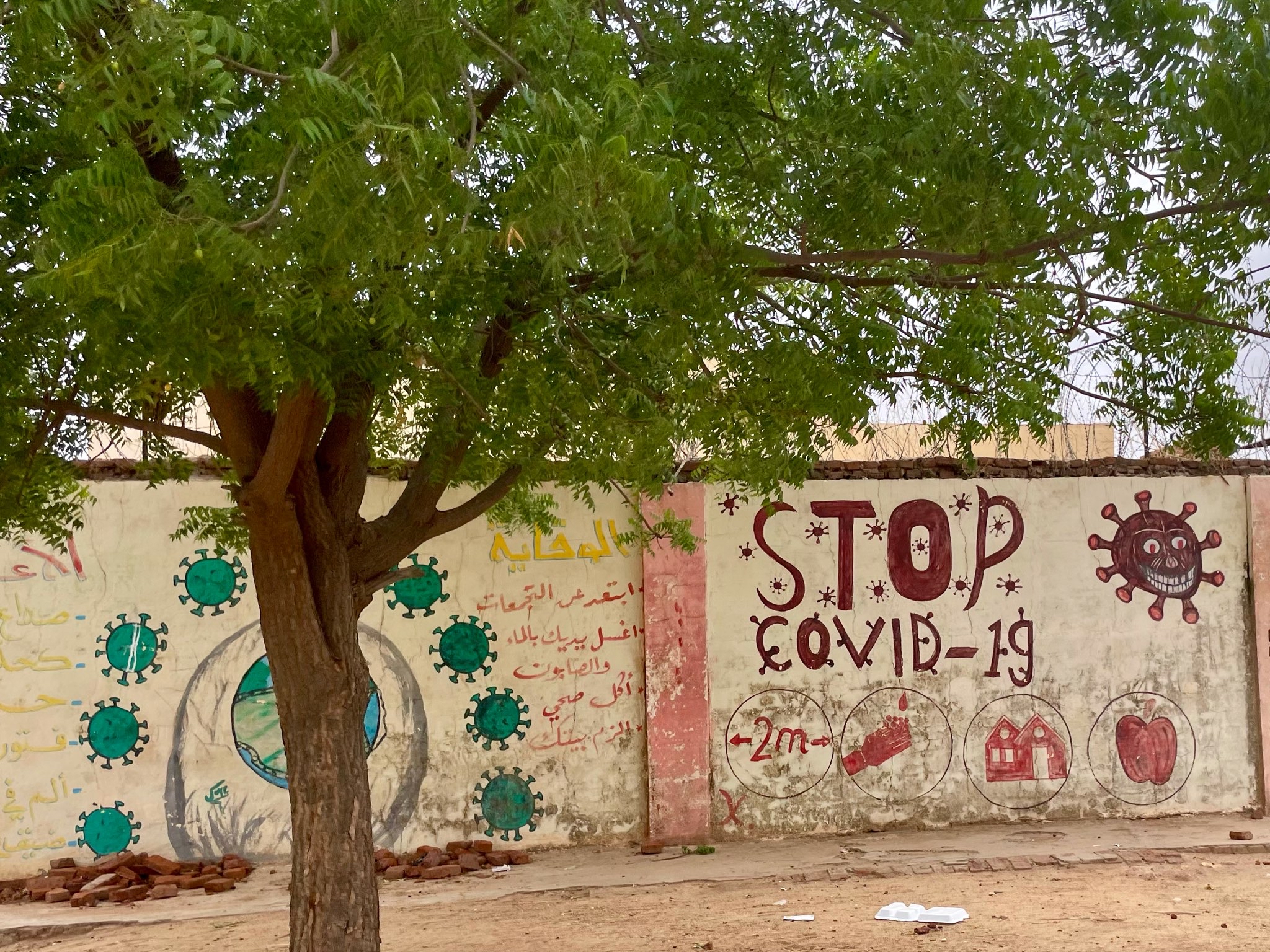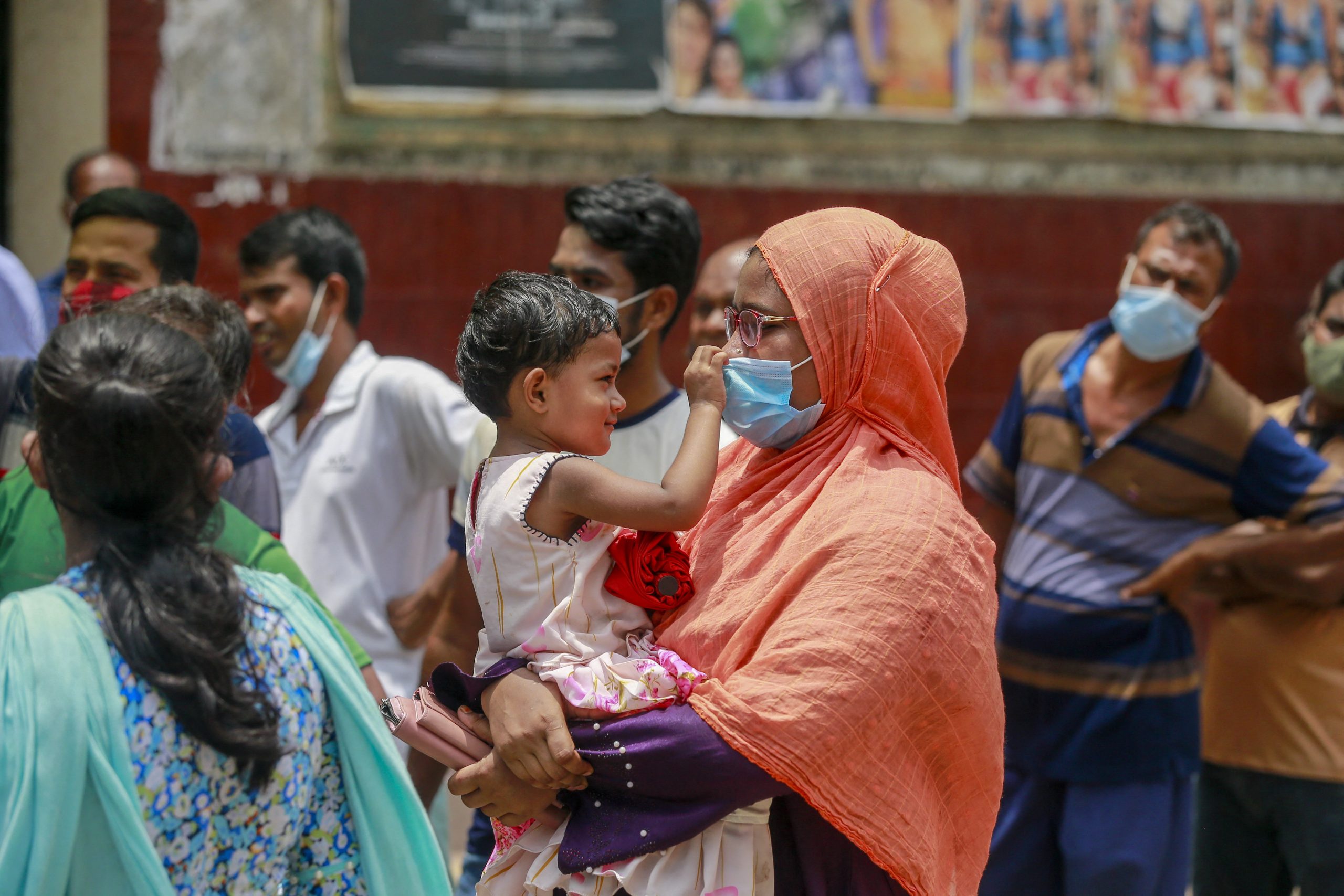In 2020, a year like no other, Relief International provided vital services to prevent the spread of COVID-19 and to treat those affected by it, in fragile settings around the world. In excerpts taken from our Annual Report, learn more about how Relief International was able to respond to the pandemic in diverse and different locations.
Relief International is a major provider of Health and Nutrition Programs in 14 out of the 16 countries where we work. Our work ranges from providing life-saving care to people in vulnerable situations to rebuilding health systems so they can provide universal care for all. In fragile and conflict affected countries, our mobile medical units provide care to communities completely cut off from services. Our hospitals in besieged cities treat mass injuries and offer counseling to treat trauma related disorders. And in areas facing drought and food insecurity, our healthcare facilities screen children for malnutrition and treat waterborne disease spread by lack of access to clean water sources.
Below, Melanie Kempster, Relief International’s Global Health and Nutrition Director, lays out our COVID-19 response, why preparedness is important, and how the pandemic has brought colleagues closer together.
“Staff and patient safety is critical. At the outset of the pandemic, we had to secure and ensure the continuation of our existing health and nutrition programs, which provided 6.5 million consultations in 2019. We safeguarded our health facilities, ensuring staff were fully trained on the new and changing COVID-19 guidelines around infection prevention and control and case management and that they had access to PPE and knew how to use it. Only then could we look at how to specifically respond to COVID.”
“The disease is global but our response has been diverse. Our approach has altered in different countries which shows our agility to respond to diverse types of health needs. No two settings are the same. In some countries we are faced with ten people living in a room with no running water. In others, we manage functioning hospitals but war rages outside them. We have supported mild cases of COVID-19 with home-based care, utilizing our network of community health volunteers to monitor health status and support food deliveries door-to-door so patients can quarantine safely. It may surprise some but COVID-19 is not the biggest concern for many of the communities where we work. Malaria, childhood illnesses and childbirth can be more pressing health issues.”
“We ensure continued access to health and nutrition services. Amidst the pandemic, people still need to access our health services for delivering babies, treatment for malnourished children, or to access disease clinics. We have been able to continue provision of these essential services safely throughout the pandemic. We’re proud of that.”
“Preparedness is everything. Having systems in good order in advance enables you to deal better with outbreaks. Our infection prevention and control systems were already in place in many of the countries where we work meaning we could scale up quickly. The processes we have in place across our settings have now been further strengthened because of the pandemic and this will have a long-lasting impact on future disease outbreaks.”
“The economic fallout of COVID-19 now impacts nutrition. In Sudan we see this now and it will get worse before it gets better. There’s a lot of food insecurity as there were limited social safety nets in place when lockdowns occurred. People couldn’t go to work and, therefore, earned no income. Any savings people had, have now been used. This makes putting preventative measures, such as isolation, in place much harder. People have to choose between working to support their families, despite infection risks, or isolating at home with no income. It’s an impossible position.”
“Inequity is our biggest challenge. COVID has made disparities even more apparent. The disease is on a global scale and, in many ways, we are all in the same situation. But to see the statistics in terms of access to testing and treatment, and then when you look at vaccination rollout, it’s not fair.”
“COVID has taught us we can do things differently. We can reduce our travel as a lot of work doesn’t have to be face to face. We can remotely manage clinics and projects and share learnings online. There’s been a real sense of global connectedness among staff across locations and countries with everyone having to rally together. The pandemic is also changing the way we work in ways that will have a positive environmental impact.”

